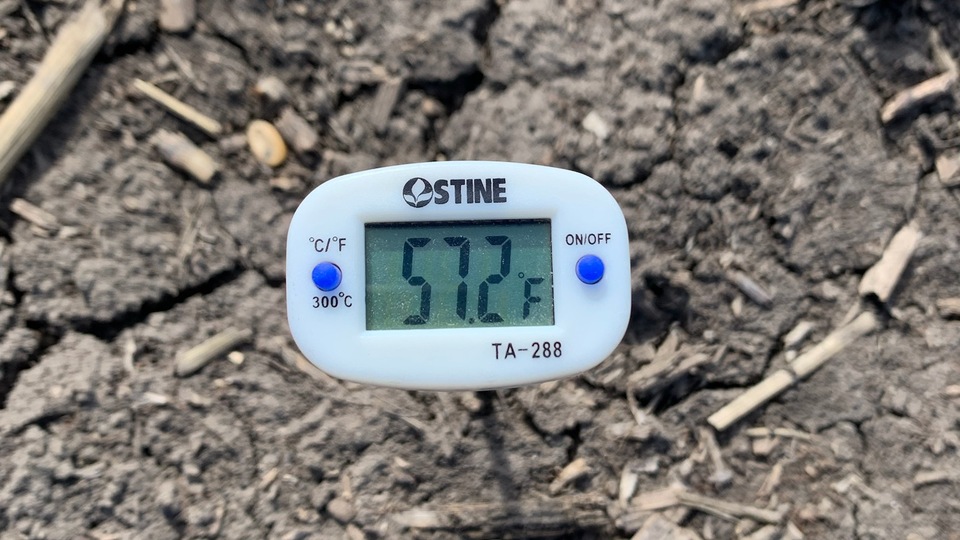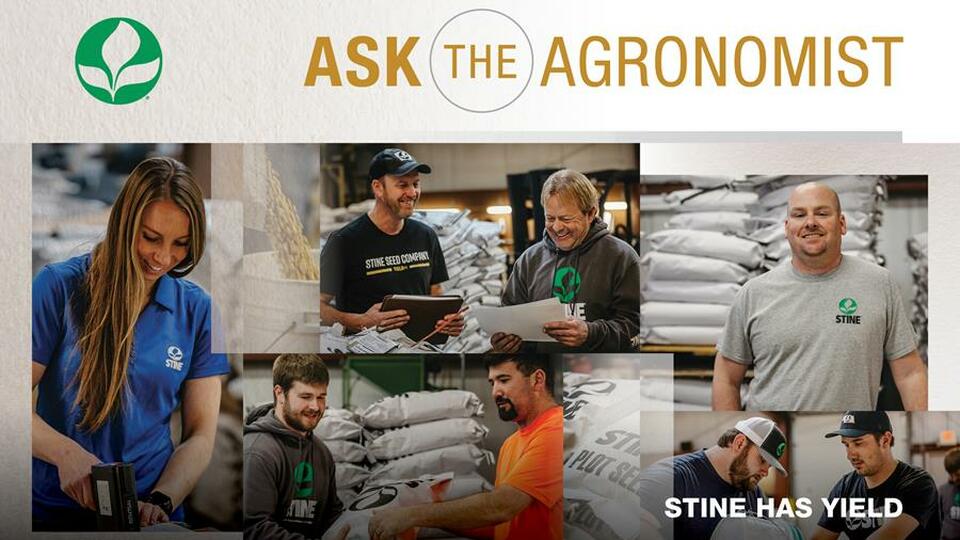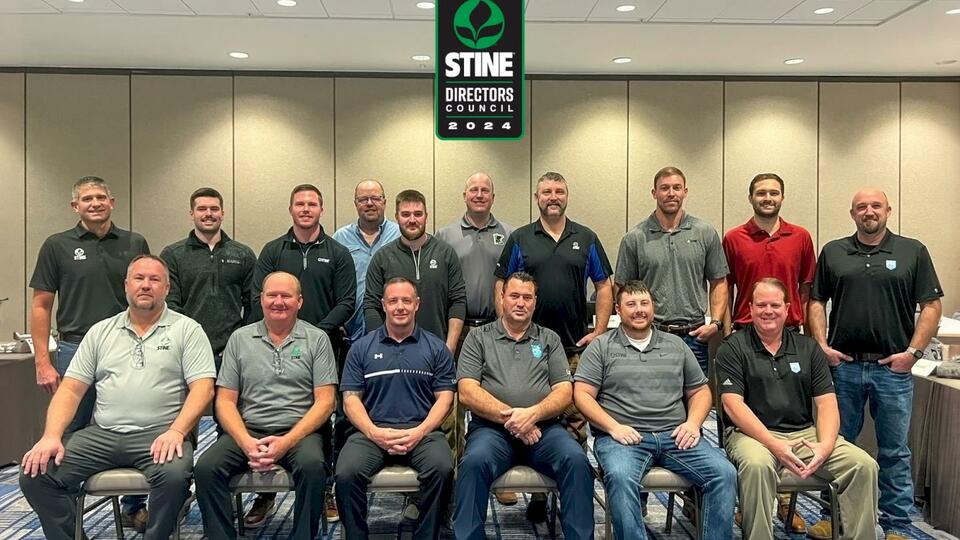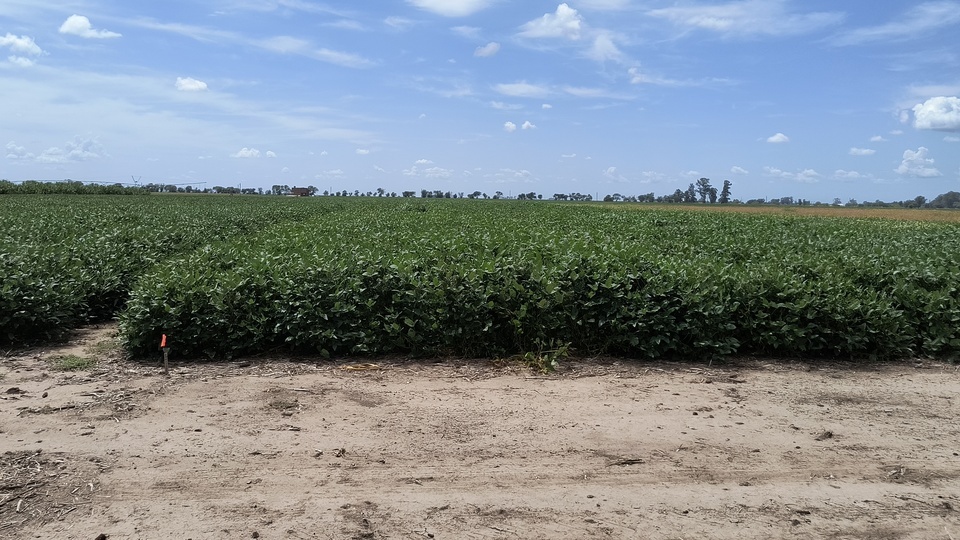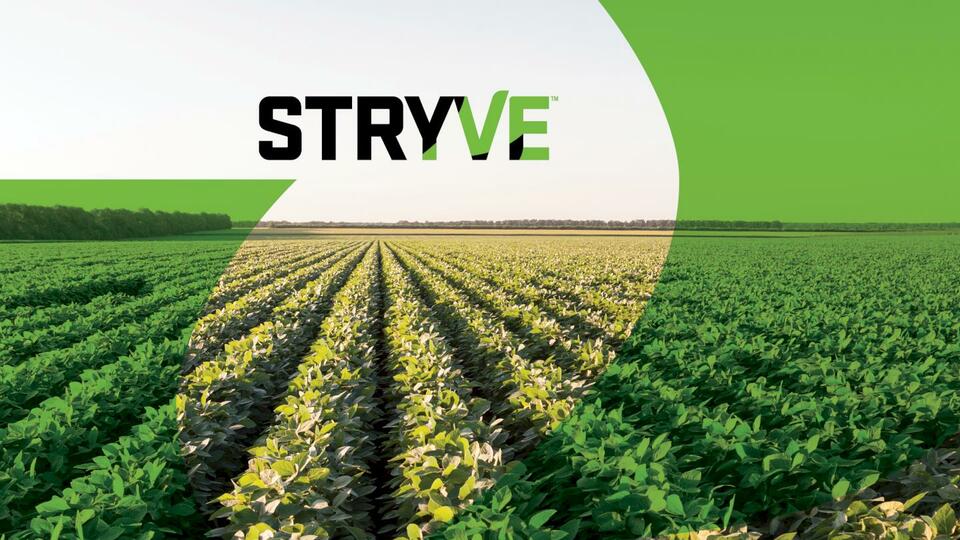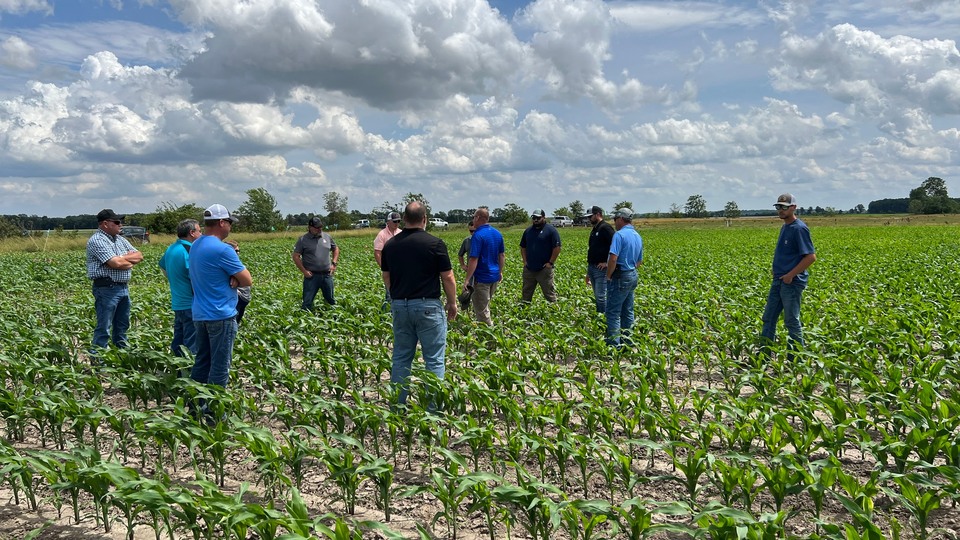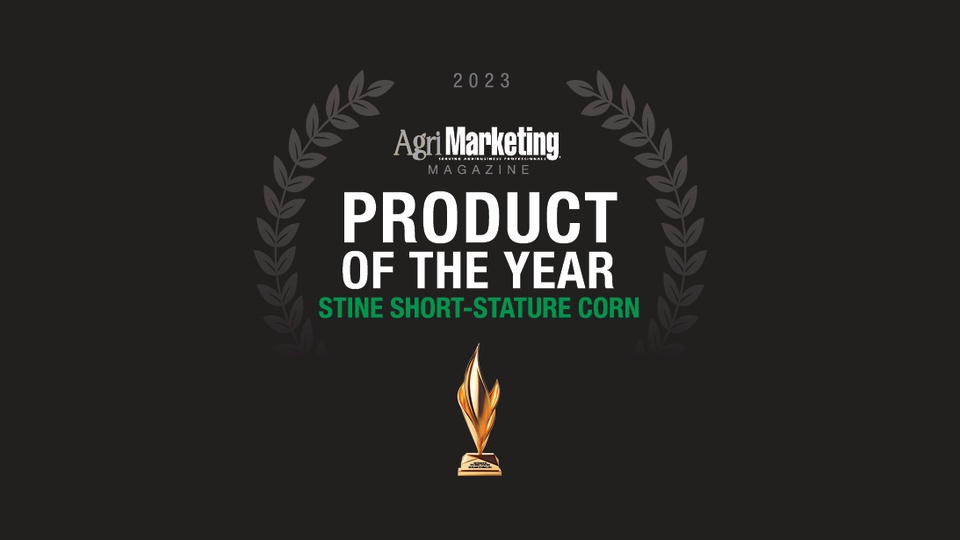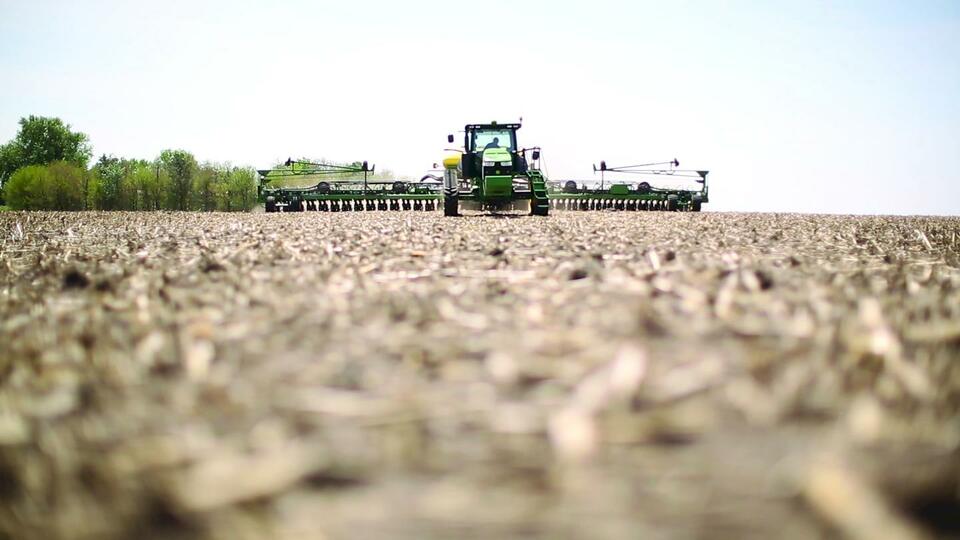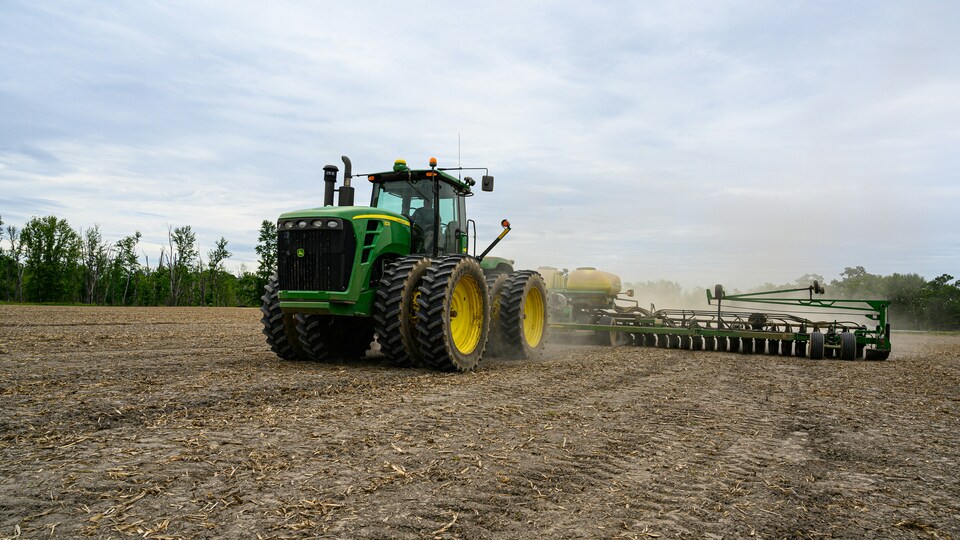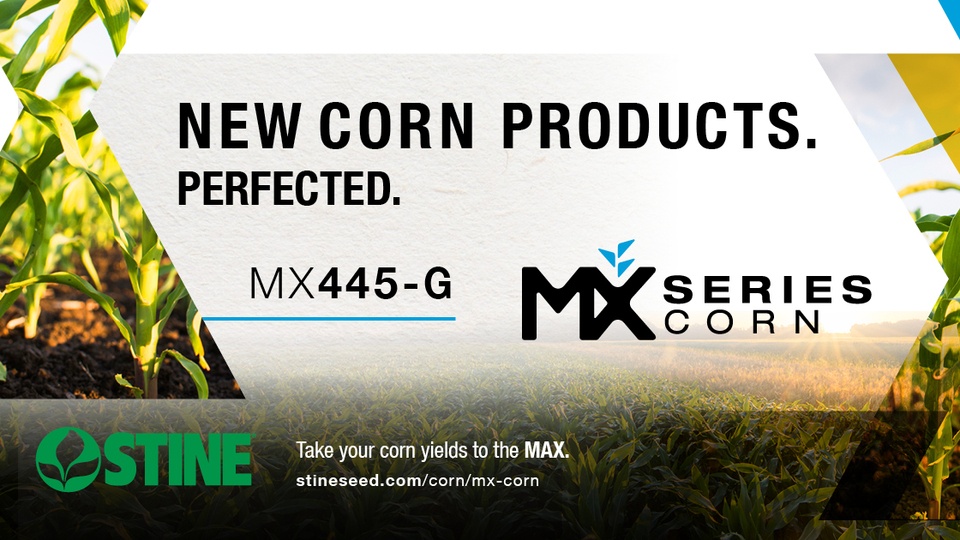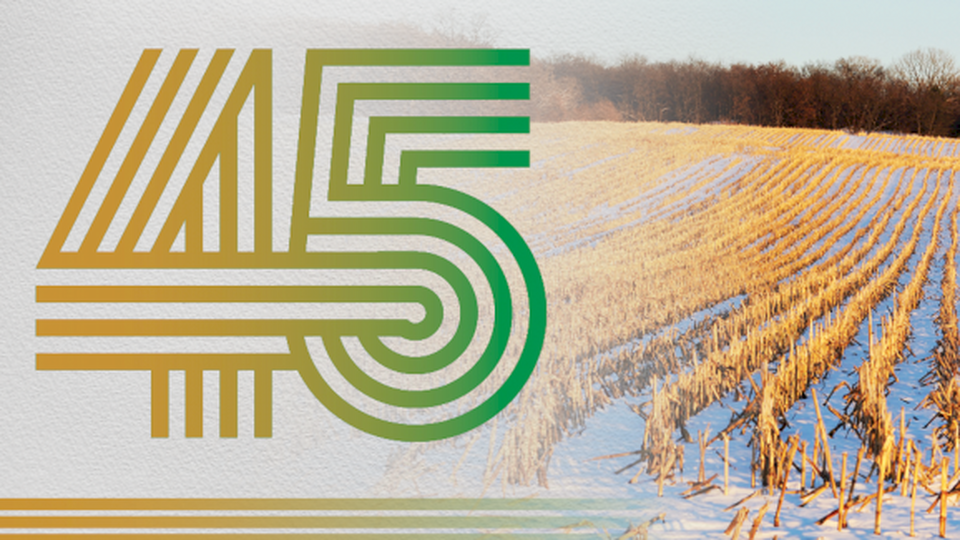Stine Seed Blog
Stine’s Ask the Agronomist blog is your source to the latest information from our expert team, including advice and insight on field practices, product recommendations, planting and harvest updates, new technologies, crop management, innovative research and information about how to keep your farm operation running smoothly year round.
-

Agronomic considerations with the recent warm weather conditions
March 2024 in Agronomy
-

Beyond seed: Stine’s agronomy team offers expertise
March 2024 in Agronomy
-

Stine® Recognizes the 2024 Directors Council
February 2024 in General
-

Exploring Stine’s off-season research program
February 2024 in Agronomy
-

Introducing STRYVE
February 2024 in Agronomy
-

Understanding Stine’s Product Development Plots
February 2024 in Agronomy
-

Stine® short-stature corn: Innovative, industry-leading and now award-winning!
February 2024 in Agronomy
-

Reflect. Adapt. Evolve. Tips for an exceptional growing season.
January 2024 in Agronomy
-

There’s still time: Participate in the Stine® Harvesting Wishes® Program
January 2024 in General
-

Four must-haves for your 2024 planting plan
January 2024 in Agronomy
-

Coming to a field near you: Stine® MX445-G
January 2024 in Agronomy
-

Reflecting on 2023
December 2023 in General

